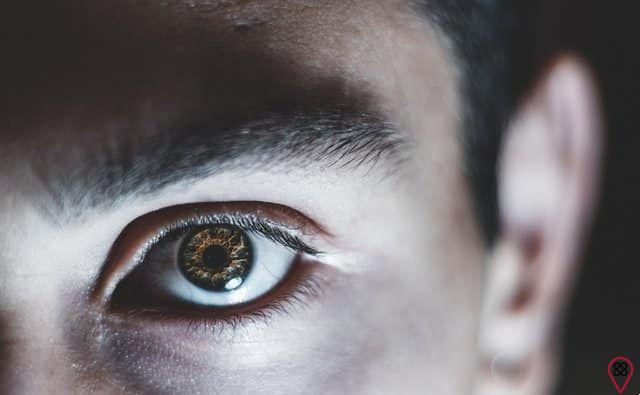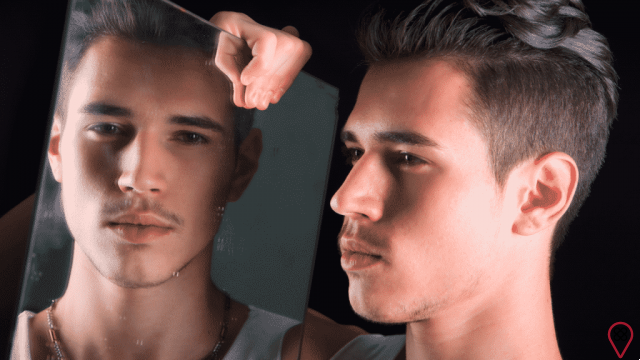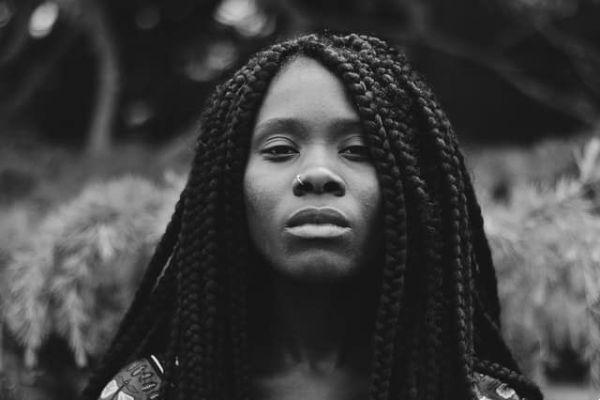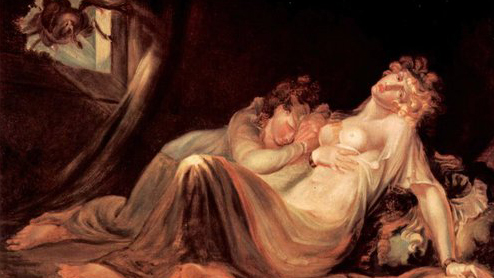If you like the reality show Big Brother España or just follow the news daily, you must have already seen the confusion caused by the media about the participant of the BBB22, Linn da Quebrada. After all, are you a trans woman? Is she a transvestite? Is he or she right?
As the acronym grows, doubts about the LGBTQIA+ population increase. This union of letters even brings together several groups with different identities and sexual orientations. This is the case for lesbians, gays, bisexuals, and so on. As a social movement, its objective is to combat any type of prejudice associated with this population, guaranteeing rights and public policies aimed at the group.
In addition to historically suffering from discrimination, LGBTQIA+ people are persecuted, raped, repressed and, unfortunately, even murdered. As if that weren't enough, they still have to keep explaining the denominations with which they identify. So, let's learn once and for all so we don't make mistakes anymore?
Meaning of the acronym LGBTQIA+
The first thing you need to keep in mind is the difference in sexual orientation e gender identity, both concepts present within the LGBTQIA+ community. While sexual orientation has to do with who a person relates to in an affective or sexual way (with the same sex, the opposite sex or both), gender identity concerns how they identify (feminine, masculine or other characteristics). ).
To encompass so much diversity, the acronym has changed over time. In the beginning, it boiled down to “GLS” or “gays, lesbians and sympathizers”, but later it gained some new letters, all conquered through a lot of struggle on the part of even smaller groups within the community.
Let's understand what LGBTQIA+ means:
- L for lesbians: sexual orientation referring to women who are attracted to other women;
- G for gay: sexual orientation referring to men who are attracted to other men;
- B for bisexuals: sexual orientation referring to people who are attracted to both men and women;
- Transgender T: gender identity referring to people who identify with a different gender than they were assigned at birth;
- Q is for queer: gender identity referring to people who transit between or beyond the feminine and masculine genders;
- I of intersex: gender identity referring to people who were born with biological sexual characteristics that do not fit into the categories of female or male;
- Asexuals: sexual orientation referring to people who are not attracted to other people, regardless of how they identify themselves;
- + to refer to other groups that are not named by their acronym but are part of the community.
So, if we were to fit singer Linn da Quebrada into one of these lyrics, it would be the T, right? Right! Before, however, delving into what it means to be a trans person or even discussing whether they would be transsexual or transvestite, we need to understand some important concepts, as we will see below:
Understand the differences between cis, trans and transvestites
The first of these is cisgender. cisgender, unlike transgender individuals, are those who identify with the gender assigned to them. Confused? Let's exemplify:
What is a cis man? A cis man is one who was born with male sex organs and identifies as a man. What is a cis woman? A cis woman is one who was born with female organs and identifies as a woman. It is directly linked to identity, in how the person understands himself as a gender.
This has nothing to do with sexual orientation, as a cis woman, for example, may like another woman and continue to identify with the female gender. So don't confuse: there is a huge difference between cis and straight. Cis people can be heterosexual, homosexual, bisexual, pansexual or asexual – one does not interfere with the other.
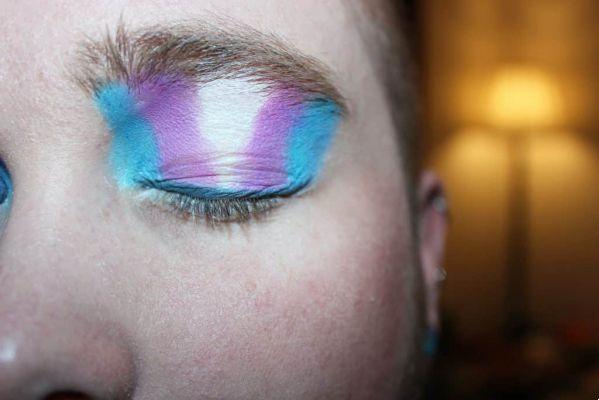
We arrive, then, at the tranny. What is a trans person or, simply, what is trans? As we have seen, it is the opposite of cis. An individual may be born with a penis, have a blue bedroom during his childhood and be taught from a young age to behave like a man, but if he does not identify with masculine characteristics, he becomes trans.
Thus, the trans man is one who has been designated to be a woman, but identifies as a male figure. A trans woman is one who has been designated to be a man, but identifies as a female figure.
It is important to remember that within the term trans, there are several identities: transsexual, transgender, transvestite, non-binary people, among others. Trans people are represented by the trans flag, whose blue, pink and white colors respectively embrace boys, girls and intersex people.
Transsexual, then, as Linn da Quebrada calls herself, is just one of the trans identities. The term was once closely associated with prostitution, but today it has been given new meaning and has enormous political weight.
In general, the term is associated with trans people who have not had surgeries to modify their bodies, while transsexuals would be those who have already had them. As, however, the LGBTQIA+ community values self-identification a lot, the best thing is to respect how each individual sees himself. If Linn said she's a transvestite, she's a transvestite, period.
How do I find out if I'm an LGBTQIA+ person?
Discovering one's gender identity or sexual orientation is a very intimate process. There is no ready-made formula or test to find out if you are LGBTQIA+. You have to respect your own time and pay attention to who awakens your romantic or sexual desires or how you really like to dress, behave and see when you look in the mirror.
Remember: your choice is extremely personal and does not concern anyone. Don't let anyone rush you or want to decide for you based on stereotypes. As we will see below, the possibilities are endless.
Several definitions, but which one do I identify with?
Face the universe of sexuality as something fluid, where labels can help, but they are not a rule. Listen to your intuition, experiment, talk to others in the LGBTQIA+ community. It is only with a lot of self-knowledge that you will be able to discover how you identify yourself.
You may also like
- Recognize National Transvestite and Transgender Visibility Day
- Dig deeper into the meaning of the term “transsexual”
- Find out why people put pronouns on social media
- Mental health of the LGBTQI+ community
- What is transphobia?
The + at the end of the acronym has one objective: to cover any and all possibilities that allow its existence, regardless of what it may be. See below how to face this discovery process with more freedom:
Is it important to assume identification in the LGBTQIA+ universe?
For some people, choosing an ID within the acronym LGBTQIA+ is limiting themselves. For others, it is an important way of recognizing and resisting prejudice.
For Linn da Quebrada, to reinforce that she is a transvestite is to give a new meaning to a term that was already very pejorative in the past, demarcating that she exists and will continue to fight to exist and be seen. That's what she wanted to show with the phrase that went viral on the networks: “I failed. I am a failure of everything I was expected to be. I'm not a man, I'm not a woman, I'm a transvestite!”
In the end, it doesn't matter what identity you assume – if you assume any. What matters is respect for who you and everyone else decided to be in this world.






